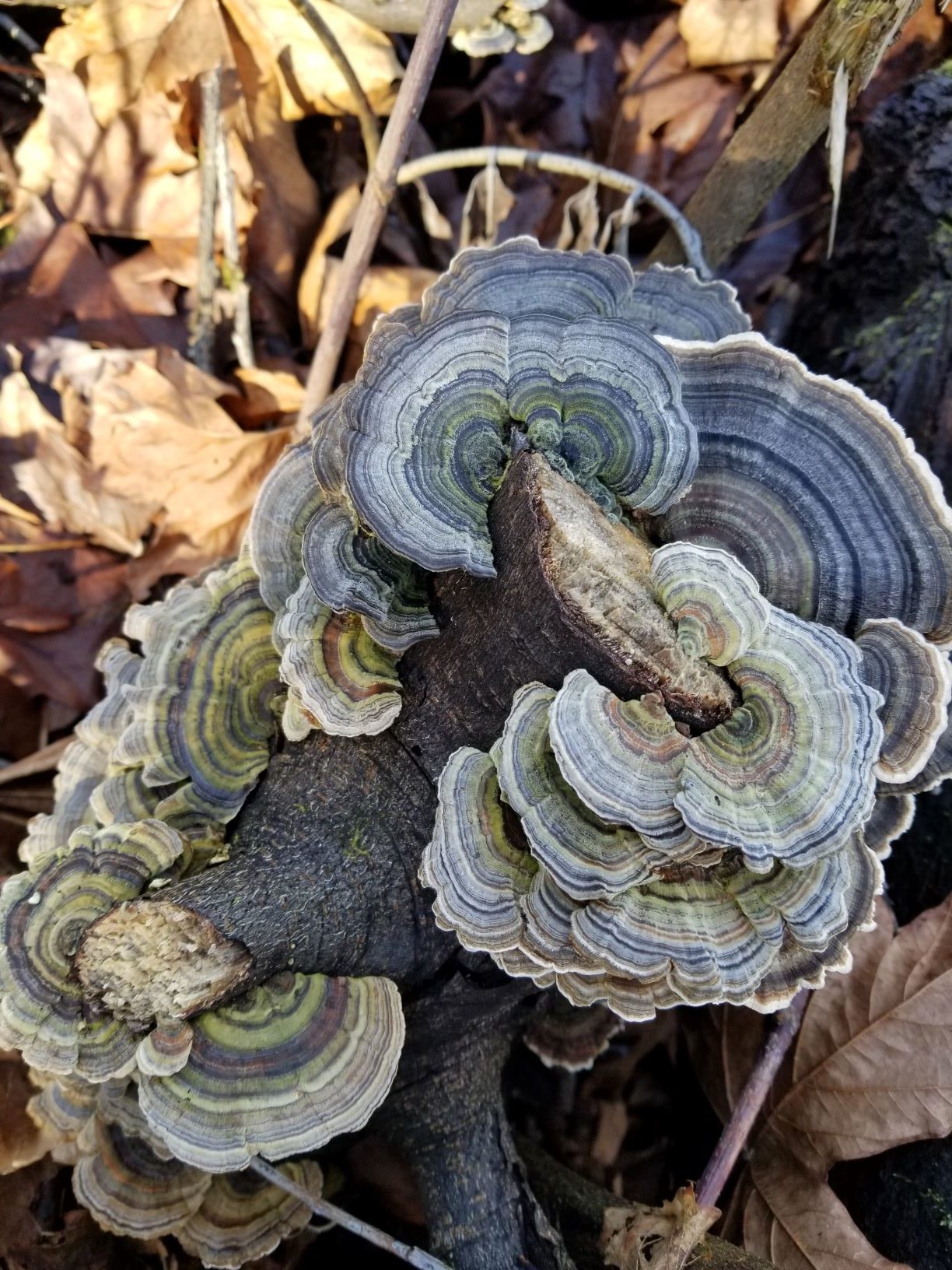Imagine doing what you love, working in and for the forest. To steward the forest and care for the land is to learn, examine, and perceive the possibilities of what could be.
We use the fungi found in the forest to decipher the past, present and future. Their bodies are petite and grand, delicate, rigid, vibrant and unadorned. In my work though, they are primarily strength and demise. When I hunt for them, what I find tells a story of the forest. I look for the signs, and scribble down the stories so we can better manage forests for tomorrow.
The tale is generally one of health. At their best mushrooms are benign, palatable or delicious; symbiotic with the woods. At their worst they are poisonous, rotting and malicious. Travelling through the air as spores and crawling through soil to root, these soundless sneaking fungi seek out the susceptible. Over the years, and over the land, they have the power to level what they find.
Like the fruiting bodies of fungi, the forests themselves are illustrative of so much more. In the Pacific Northwest, forests are massive Western redcedars, tall understories composed of hundreds of different species, and thick moss floors surrounded by old growths. Forests are also crowded Douglas-fir poles, a calm darkness in the absence of variety; histories that reflect heavy logging. Forests here are far beyond and betwixt, too.
The forests I come across in my work are also emblematic of a future ready to ignite. To study, to sweat and work hard, it was all for a chance to be right here. Through service I continue to learn, to connect, and to grow gradually, like the forests, into one of the people I admire that have made careers in stewarding natural resources.
Written by:


